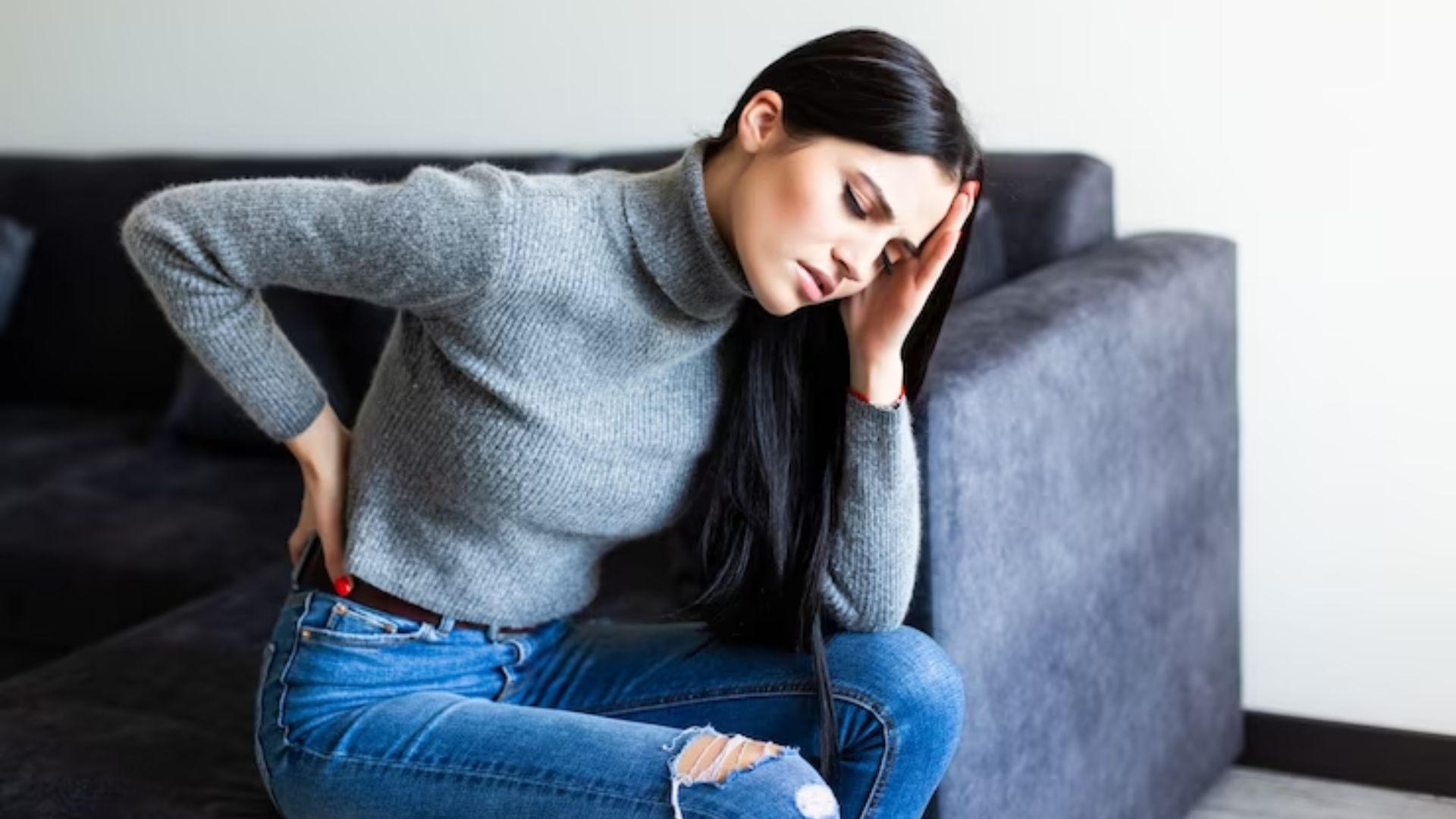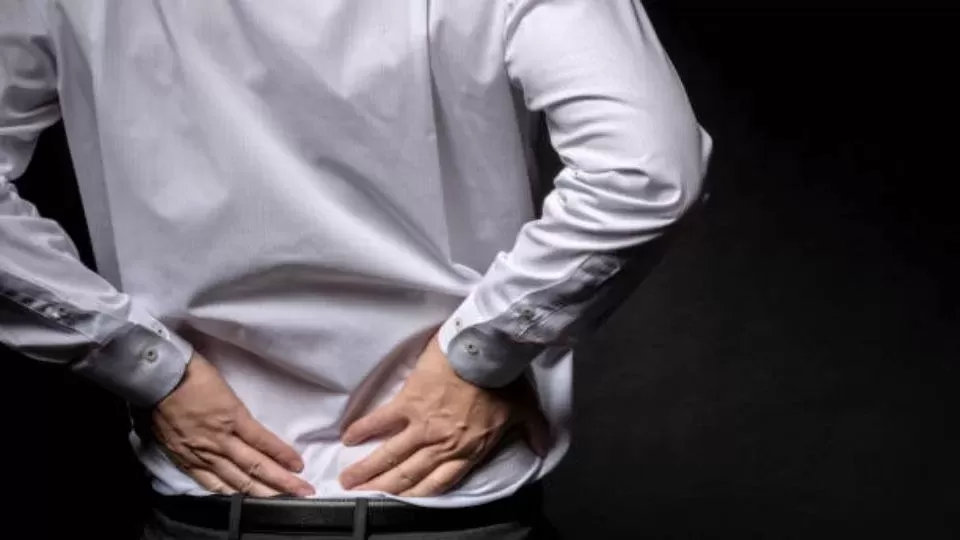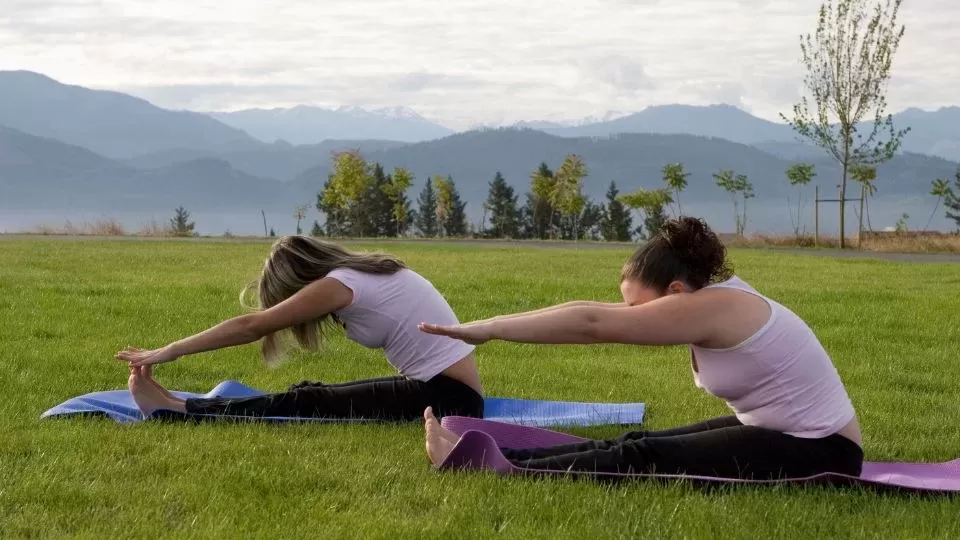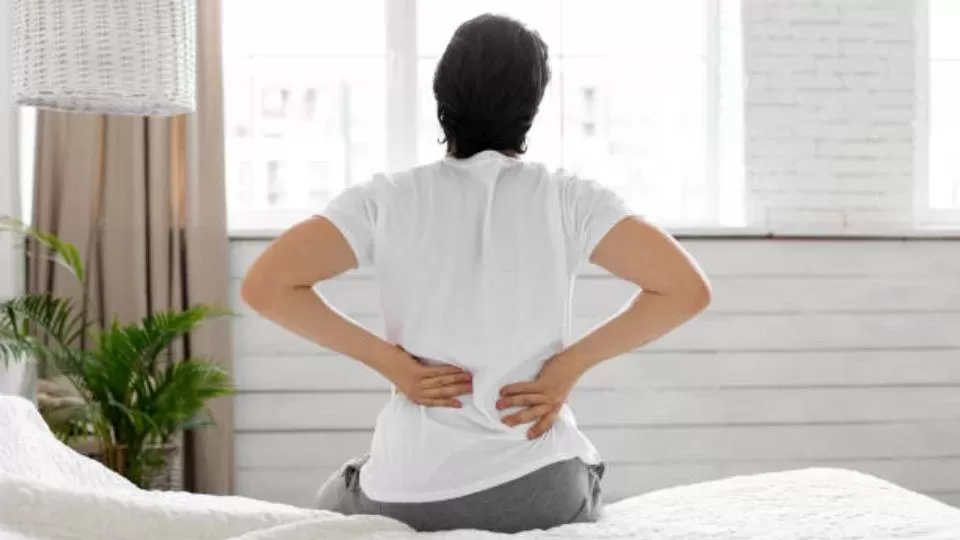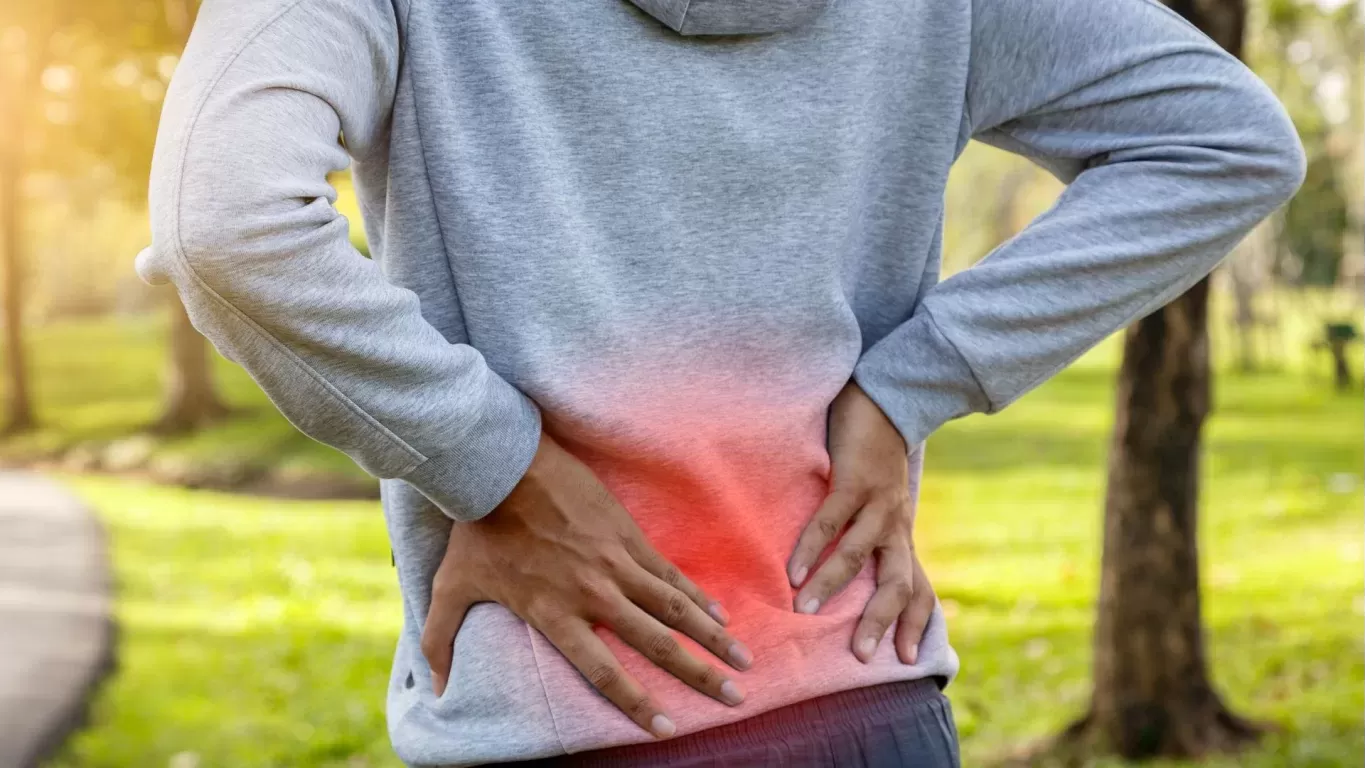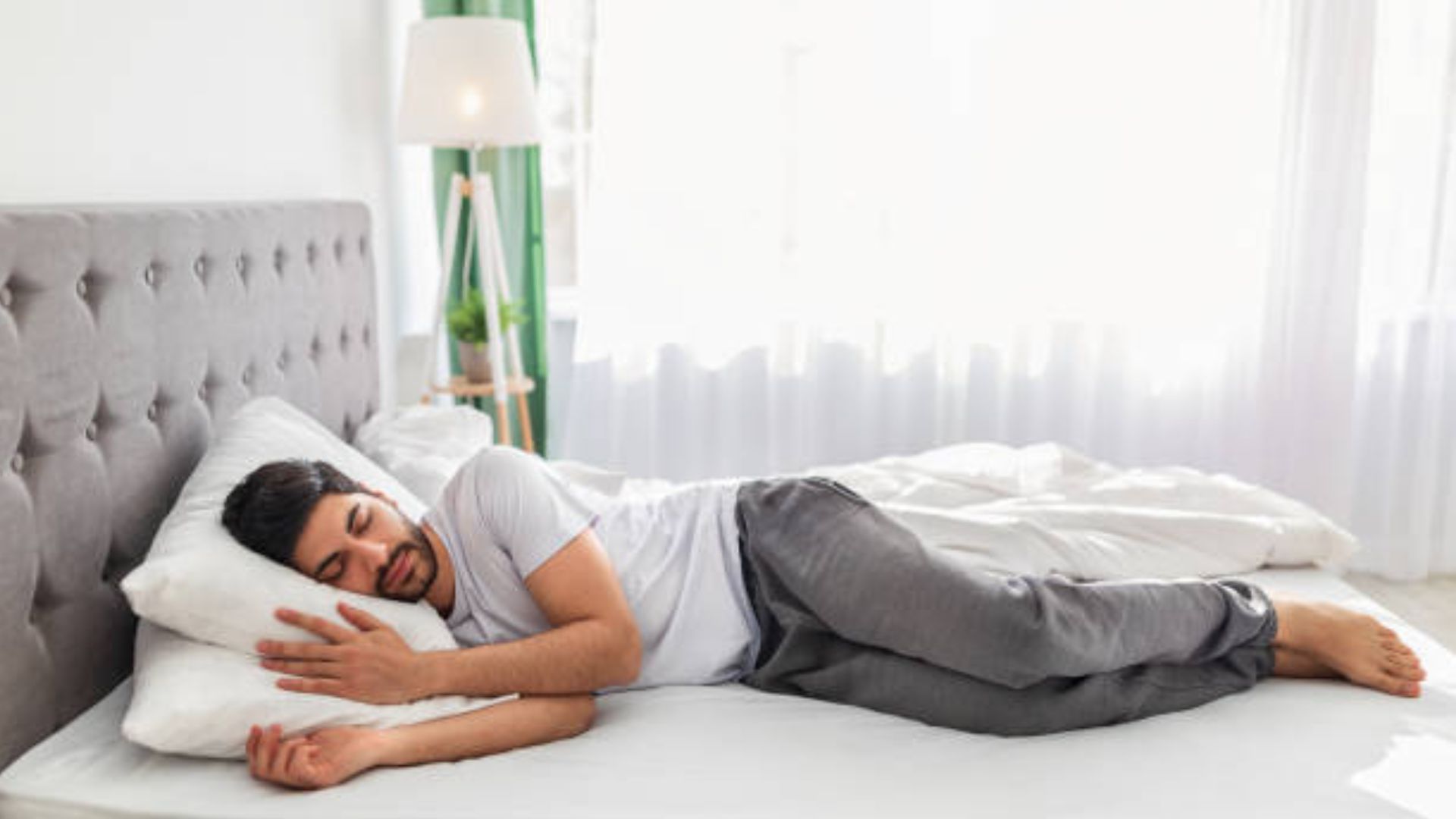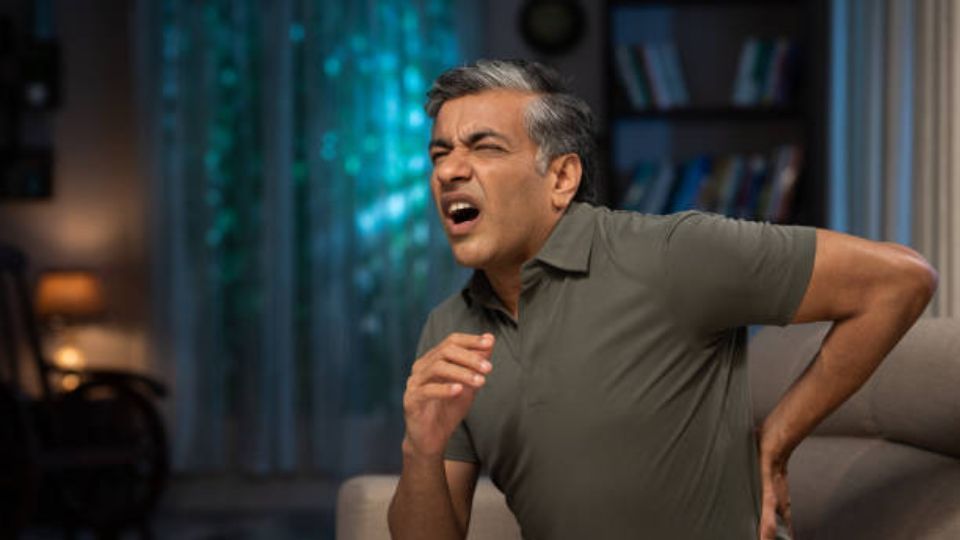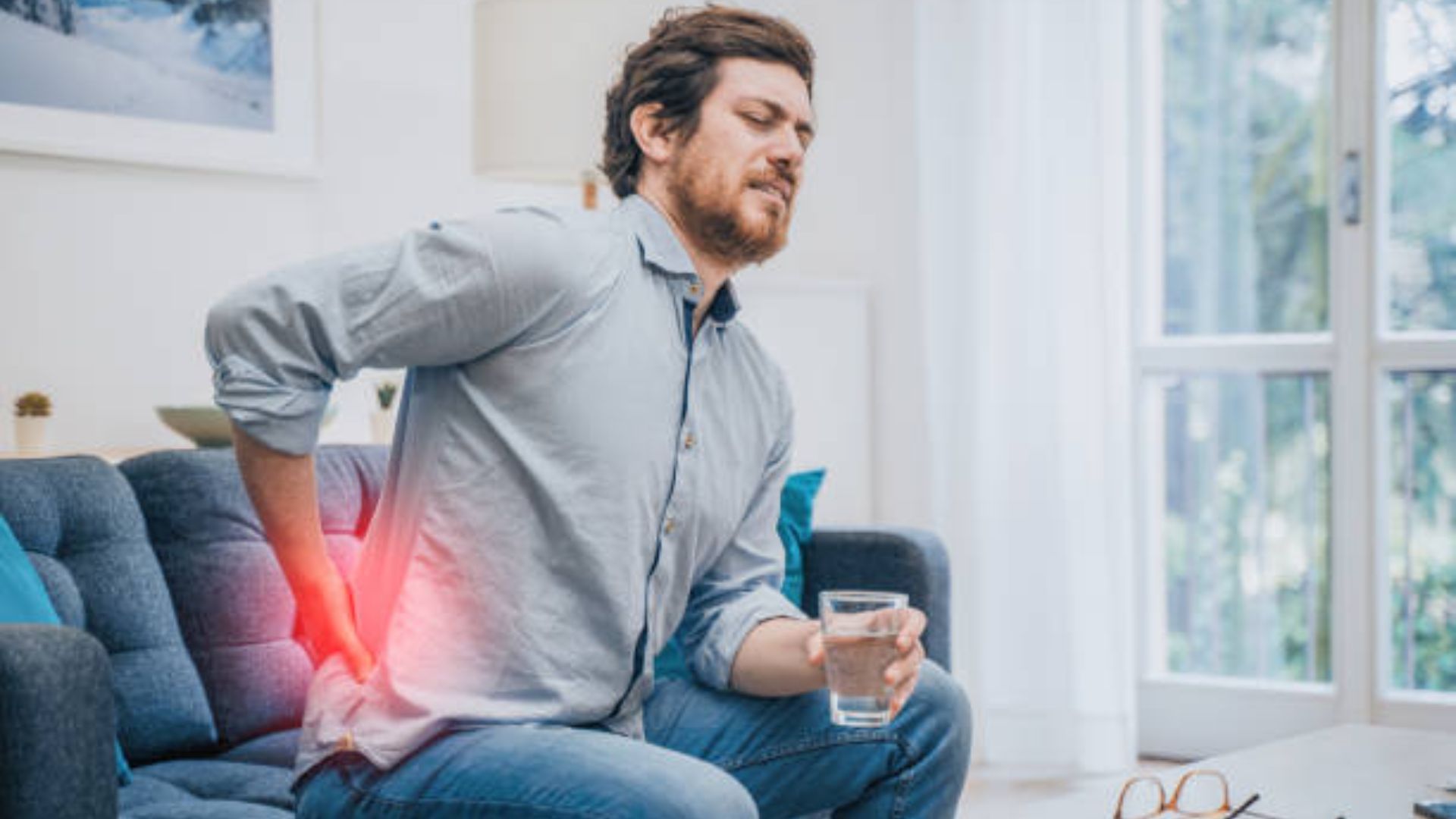Can Anxiety Cause Back Pain?
Anxiety is an increasingly common condition for many Americans. It can affect the way you view the world, your relationships, your work, and more. It can even affect your physicality, such as creating back pain.
From supplementary anxiety symptoms to direct changes in your nervous system, eliminating back pain from anxiety can become a challenge. So let’s talk about anxiety and back pain and how you can reverse it once and for all.
Read More: When Back Pain Warrants a Doctor Visit
Anxiety: Upper Back Pain, Shortness Of Breath, And More
Back pain from anxiety is typically believed to be due to secondary factors. One strong theory is that anxiety causes your muscles to create back pain from being tense. Since anxiety causes tenseness in your lower upper back, it could indirectly lead to pain.
And what does anxiety back pain feel like? Well, massage therapists have long discovered that stressed-out patients typically have knots in their muscles. Therefore anxiety related back pain such as tightness or swelling is certainly a real phenomenon. That being said, there are some different ways that anxiety can cause back pain:
Posture Changes
Anxiety often causes you to change your behaviors. This includes posture. Therefore, the way you sit, such as slouching, could change. When you combine this factor with anxiety, muscle tension, it can ultimately cause discomfort in your muscles or joints and cause back pain.
Lack Of Activity
Many people who have anxiety or stress reduce their activity levels. This means that aches and pains can be more prominent due to a lack of circulation and proper movement. When happening alongside anxiety, it’s easy for this to cause lower back pain.
Hypersensitivity
Hypersensitivity is when anxiety causes you to be more susceptible to physical sensations. Therefore, something that may be mild low back pain turns to extreme pain or moderate pain due to your heightened state.
As a quick recap, anxiety is not typically designated as the primary cause of back pain. However, it can certainly contribute to other back pain factors and create lifestyle circumstances that increase the chance of feeling back pain.
How To Prevent Anxiety From Creating Additional Back Pain
There are several things you can do to treat anxiety-related back pain. Understand that regardless, it’s always best to consult with a back pain expert. They can help you understand if your pain is truly caused by stress or anxiety or a combination of other factors.
That being said, here are some non-surgical approaches you can take:
Exercise And Get Moving
Try to increase your daily activity. You don’t want to go too strong and risk injuring yourself. However, increasing blood flow is ultimately good for reducing pain.
Massages
Massage therapists are excellent for reducing anxiety and therefore back pain. Our specialists can provide massage therapy depending on your pain.
Painkillers
Your doctor may recommend certain anti-inflammatory medications or other types of pain drugs. These can help you with your back pain, but understand that these ultimately treat symptoms and typically not the root causes of pain.
Be Aware Of Your Posture
If you’re slouching or maintaining poor posture throughout the day, then your back pain will increase. So try to use a mirror if you’re seated during the day so that you can be aware of your posture.
Stretch
Yoga and stretching can help unlock your muscles. This helps prevent them from twisting, knotting up, and otherwise being overworked.
Relieve Your Back Pain Today
If you want the latest technology, tools, and expertise, then look no further than Ascension St. Agnes. Our orthopedic surgeons for back pain in Baltimore can help you with minimally invasive spine solutions.
We can reduce your discomfort, pain, and other issues you may be facing. So schedule an appointment today. Our award-winning specialists can help you live the quality of life you’ve been waiting for.
